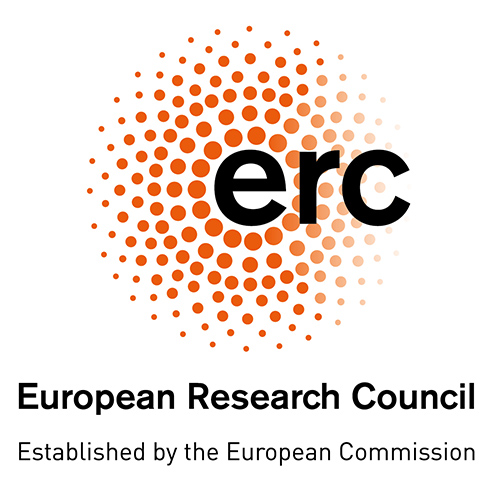October 23, 2018
IST Austria is in first place at the European Research Council (ERC)
With a success rate of almost 48%, IST Austria is well ahead of all other well-known European institutions when it comes to obtaining ERC grants.

Yesterday, Jean-Pierre Bourguignon, President of the ERC, announced in the context of his keynote speech at a conference on the occasion of Austria’s Presidency of the EU Council that the Institute of Science and Technology Austria (IST Austria) has, with 48%, by far the highest success rate of ERC Grants in Europe. IST Austria is ahead of renowned research institutions such as the Weizmann Institute (35%), ETH Zurich (29%), the universities of Cambridge (23%) and Oxford (19%) or the Max Planck Society (22%). The average success rate at the European Research Council currently lies at around 13%. The grants awarded by the ERC (Starting, Consolidator and Advanced Grants) are not only an important instrument for financing outstanding research projects, but also an indicator of scientific excellence in Europe and the world due to their highly competitive nature. Not only the total number of grants, which inherently also depends on the size of the institution, plays a role, but above all the approval rate of the project proposals, i.e. how many of the submitted projects of a research institution are approved by the ERC. In this respect, IST Austria is more than ten percentage points ahead.
Until now, research institutions could only measure the quality of their scientific research projects on the basis of the total number of approved ERC grants or on the basis of the “density” of grants, i.e. the percentage of research group leaders who were awarded ERC grants. Data on the approval rates of individual institutes were scarcely available. The ERC has now made data available that allow a ranking according to approval rate. The ranking considers the ten year period from the foundation of the ERC in 2007 until 2017. Only institutions with at least 30 ERC Grants were considered for the ranking, in total 65 institutions throughout Europe. Among these 65 institutions, IST Austria in Klosterneuburg near Vienna is in first place with almost 48% of grants approved, followed by the European Molecular Biology Laboratory (EMBL) with 37% and the Weizmann Institute with almost 35%.
“After the Nature Index finding a few weeks ago that we are one of the very few “rising stars in science” outside Asia, this analysis is further confirmation that our multidisciplinary research institute is developing excellently and according to plan. After nine years of development, we are now in first place at the ERC. I am very pleased with this independent report and see this as a confirmation of our approach to make high demands on the research performed on campus,” commented Tom Henzinger in his capacity as President of IST Austria.



